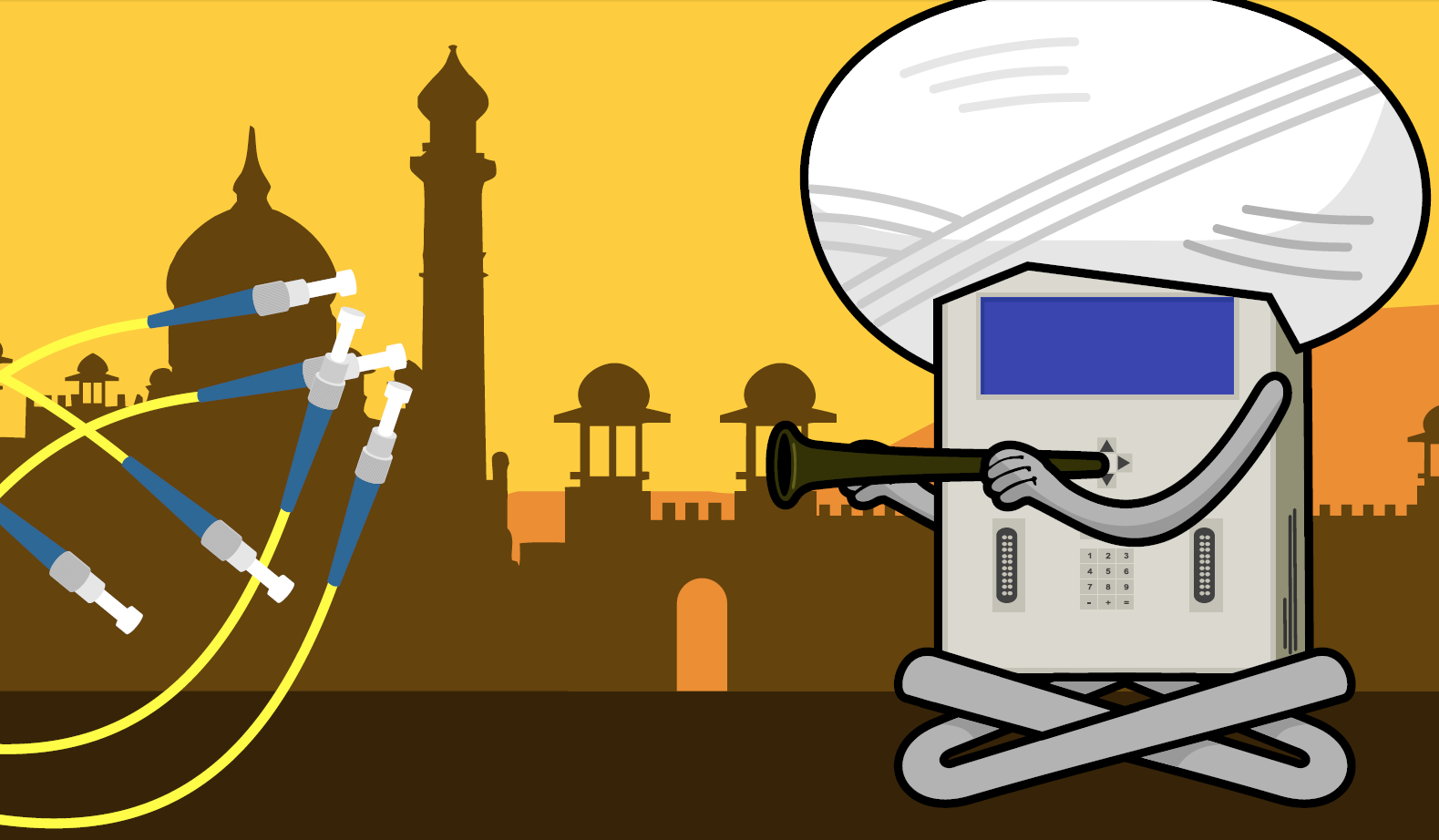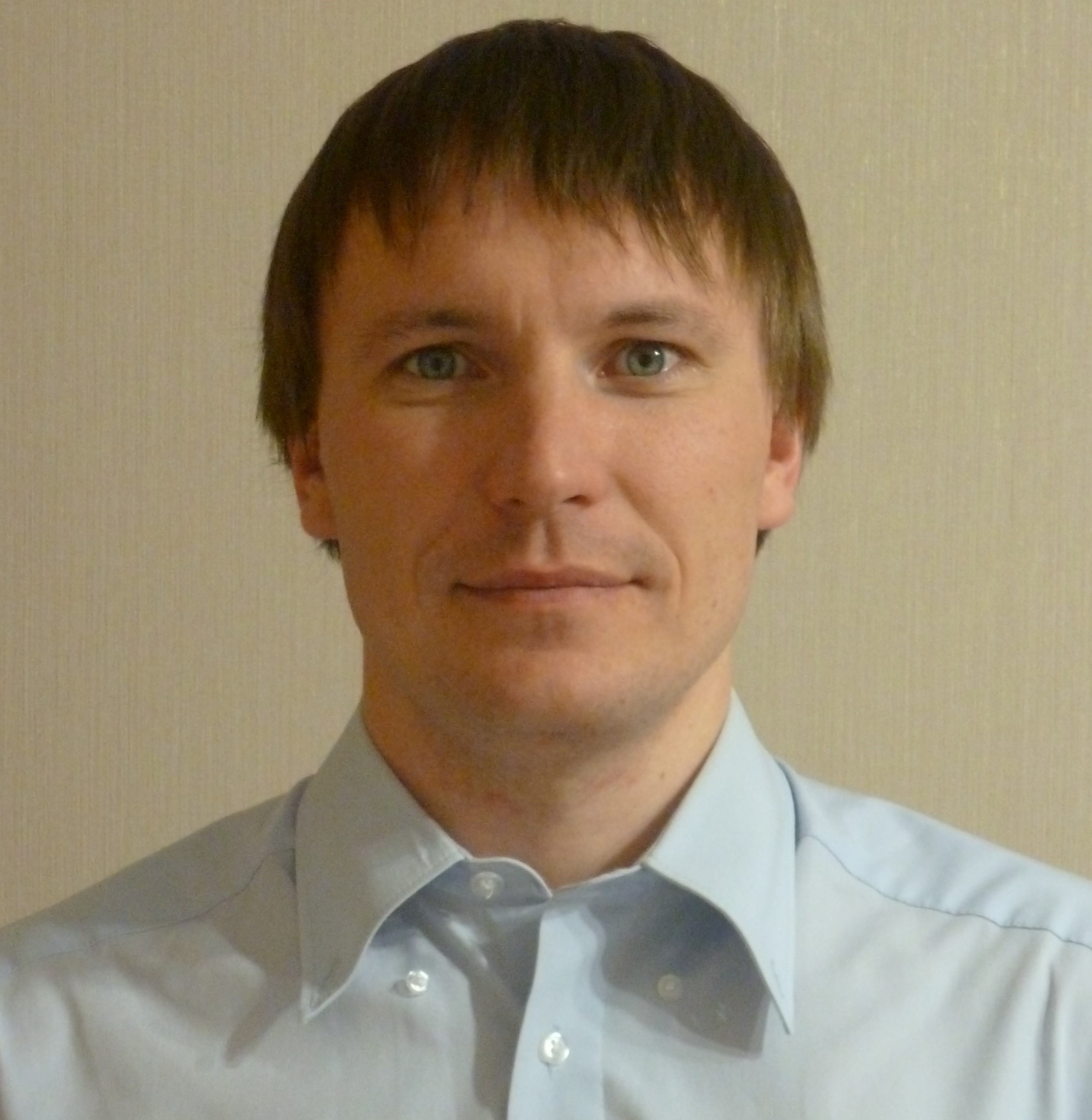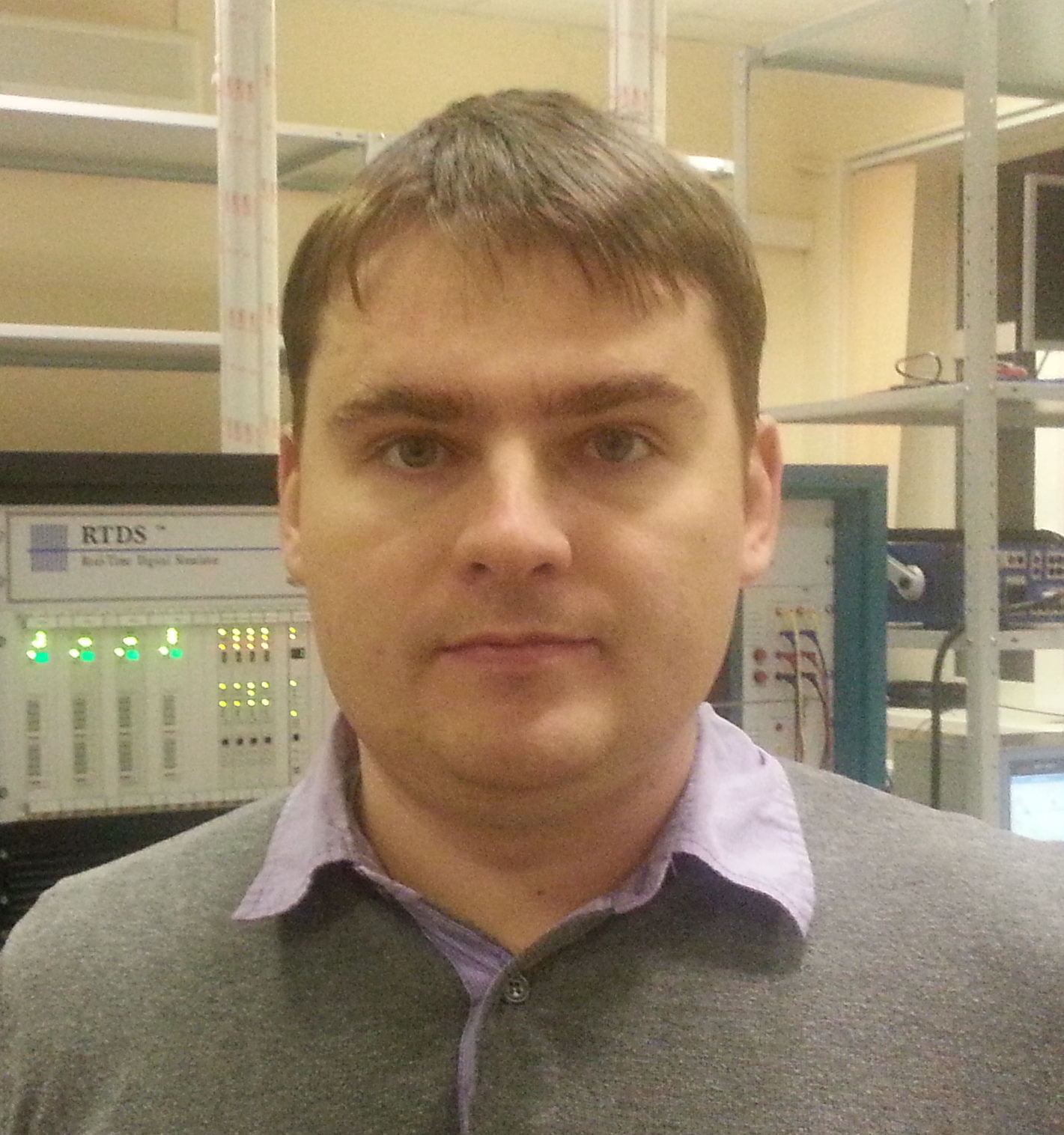Network infrastructure in digital substations
Digital Substation conducted another survey among the local area network designers and equipment manufacturers. We prepared the following questions:
- What method do you think should be used to design LAN at substations? Is it necessary to physically separate the networks where Sampled Values, GOOSE, MMS data are transferred? In what composition are they allowed to be combined? How to provide redundancy in network segments that are viewed?
- In your opinion, how should these requirements vary according to voltage classes?
- What problems can be emphasised? The solution of which requires the separation of substation LAN in terms of traffic types?
- What methods can be used in addition to or instead of physical separation?
- What are your perceptions based on? What scientific or experimental research is your viewpoint based on?
- In your opinion, what questions require additional scientific or experimental research in order to substantiate the most economically viable solutions?
Sergey TrubachevSchneider ElectricI have experience in dealing with the LAN topology selection to transmit IEC 61850 data. For the first time, the issue of LAN topologies for digital substations was considered when designing 35 kV digital substation.
In the first place, topology selection was implemented to ensure the reliability of information transmission from a publisher to a subscriber. An important criterion for the choice was the structuring of SV traffic, as well as limiting the information load on the network.
To this point, in my opinion, there are two topologies that are most suitable for digital substations. The first one is the so-called ‘double star’. It is a radial structure with network switches in the centre and the IED devices at the periphery. It is called ‘double’, since it is fully duplicated. It is the simplest topology and is convenient, which allows using the PRP—Parallel Redundancy Protocol. ‘Point-to-point’ structure, representing a direct optical connection of devices, can be attributed to an alternative variant. It has some advantages, but not without drawbacks. For example, the disadvantage of this variant is a significant increase in the number of SV publisher ports with the increase of subscribers. And an undoubted advantage will be the absence of an intermediary between merging units and IEDs (no Ethernet switches).
Any tool to automate the LAN design process will be in demand.
To make more definite decisions related to the design, you will surely need to investigate the network behaviour thoroughly, when it is gradually loading, and in case of subsequent abnormal conditions. It is important for designers to be aware of the compliance of the number of GOOSE messages and SV streams and capacity limits for the smooth operation of the network. Undoubtedly, there are many other factors influencing the ultimate selection of the topology. For example, in the substation without maintenance personnel that is far from civilization, it is preferable to choose the structure without the use of the networking equipment—‘point-to-point’ topology—as the probability of failure in this topology is significantly lower.
Surely, any tool to automate the design process will be in demand, and services providing the best network solution are no exception. But only those who can cope with this task ‘manually’ will be able to use it correctly. In fact, it will take much time before one can blindly trust such tools, and by that time the specialist, who analyses the network, should be able to verify the final result. LAN design services, in my opinion, should deal with a very wide range of tasks, from calculating the expected load in each particular segment, to comparing the costs related to implementation and further operation of any variant. Undoubtedly, the amount of raw data will be significant, but the result should greatly simplify the work of design organisations, and help create an optimal topology of the network with different initial conditions. I think the developers should decide which raw data to use. After all, if the software can automatically take all necessary information about protection IEDs arrangement or request required additional data, then, perhaps, it will be the perfect option.
Andrey MaslovABBFirst of all, I’d like to say that this topic is currently very important, and each aspect can be discussed individually in detail.
It is too early to speak of the perfect architecture at the present stage of technological development. We offer applying ‘point-to-point’ architecture for implementation of the process bus, which allows achieving the maximum reliability index, saving the primary benefits of the process bus.
Separation into the station bus (MMS, GOOSE) and the process bus (SV, GOOSE) is unavoidable with such architecture (actually, the process bus consists of a variety of independent segments).
It is necessary to treat the choice of digital substation elements more consciously on the basis of facility features and the most significant factors as of today.
Redundancy should be primarily implemented based on the functional feature—the entire ‘measuring path’, including the primary equipment, merging unit and IED for a single function (for example, line protection) should be duplicated, while the redundancy for the network connections fades into insignificance. It is preferable to use the HSR protocol for the interconnection of field devices or IEDs into a single network.
First of all, the process bus implementation is viable for voltage levels of 110 kV and higher. It is due to the fact that in 6-35 kV voltage level IEDs are mounted directly into the switchgear and they practically become field devices; many benefits are leveled down—it is impossible to reduce the number of cable connections and to spread a diagnosable area.
The key challenge is the network capacity when transferring the real-time data (SV).
First of all, it is viable to apply the separation into VLANs and multicast filtering during local networking for any modern substation for logical separation of data flows.
In my opinion, it is necessary to treat the choice of digital substation elements more consciously on the basis of facility features and the most significant factors as of today. Facility features are the type of switchgear (gas-insulated indoor or outdoor) and the primary equipment state (all-round renovation of the substation or just the replacement of secondary systems). Significant factors are the level of products’ introduction and the degree of the technologies’ maturity (there are first pilot objects, experimental operations, industrial operations), economic viability (for 35 kV and lower voltage levels) and compliance with standards.
Stephen MayerABBAs the network architecture on the level of the station and the process should be chosen on the basis of the primary scheme (for example, double busbar system or one-and-a-half-breaker scheme), on the one hand, and the switchgear type and arrangement of facilities (outdoor switchgear/gas-insulated switchgear, control room/local control cabinets) should also be considered on the other hand; there is no single approach to networking.
As a rule, we offer to separate the process bus and the station bus for transmission substations and distribution tie-stations, because the data transferred with the process bus are critically important for protection functions.
For achieving high rates of system availability without sacrificing serviceability, it is possible to install two sets of main protections, including the separate input/output devices for the process bus (process bus interface), protection IEDs and the communication network.
As a rule, we offer to separate the process bus and the station bus for transmission substations and distribution tie-stations.
Then, for many types of substations it is possible to limit the process bus to a single feeder, which will ensure high performance for the protection equipment due to a minimum delay during the transmission of SV and GOOSE messages and will simplify the maintenance of separate feeders. A specific interbay process bus or even the station bus can be applied to transfer the process data required within substation, for example, voltage measurement on buses. This approach – point-to-point connections within the bay and the process bus, constructed at switches within the substation – ensures high reliability of protection equipment, simplifies engineering and maintenance, and brings down the network construction costs.
The implementation of a separate process bus is not reasonable for the medium voltage (up tо 35 kV) because of the minimum distance between the primary and secondary equipment. A sensible approach to digital technologies implementation for medium voltage is the use of the station communication bus for exchanging, for example, GOOSE messages during the implementation of distributed protection functions and samples of bus voltage.
Reliability requirements for secondary systems in general become stricter for high voltage installations, which also imposes specific requirements to the process bus, for example, obligatory implementation of redundancy (PRP, HSR).
One of the main problems in the separation of the network in terms of traffic types, -either physically or logically – is to find the right balance between performance and engineering usability, testing and maintenance. Traffic separation should not only be set up correctly, but also documented in the design. A high degree of separation can lead to difficulties in testing and maintenance, since not all the required information can be seen by connecting to any port of Ethernet network.
The use of VLAN-s and multicast filtering is a supplement to the physical separation of networks.
My position is based on the standard itself, technical reports, researches, studies and solutions for different types of digital substations, based on the experience of the implementation of more than 1,000 substations with IEC 61850, as well as on the results of tests in the testing laboratory, certified by UCAIUG.
With the introduction of digital substation technology, one of the key objectives is to reduce the amount of cabling. To solve this problem, the main issue is the optimal location of devices so that converting the analogue data into digital would be carried out in the immediate vicinity of the source. A modular scalable input-output system may provide a solution to this problem by providing the ability to install I/O modules in the best places on a switchgear, thus providing the connection to the optical process bus right next to the primary equipment.
Gleb SokolovAlstom GridI still believe that mixing the station bus and the process bus is not the right thing. These are different types of traffic and thus there are different requirements for the network equipment. Additionally, the station bus is always at the substation and the process bus appears only in the digital substation. For this reason, the constant use of the most productive networking equipment required for the process bus is not always optimal or economically justified. In fact, in case of the physical and logical segmentation of the network we will have the same result—the network data flow will be strictly regulated. This logical segmentation involves the use of managed switches and an excellent knowledge of their configuration. Physical segmentation includes the unmanaged switches that do not require configuration, but their number is greater than in the case with logical segmentation. Choosing a more acceptable segmentation option depends on the final customer’s operating policy. Logical segmentation requires maintenance personnel to be more skilled in network technologies. Physical segmentation, on the contrary, does not impose such a requirement, but is implemented on the basis of more switches.
Mixing the station bus and the process bus is not the right thing.
It is natural that the next step in the technology of process bus is the transition to the data transfer rate of 1 GB. This allows a significant increase in the network performance and thus greatly reduces restrictions related to the amount of data transmitted via the process bus. In this situation it is logical that the transfer of SV streams and GOOSE messages is carried out via the same network. This will automatically encourage to back-up of this network, as it carries trip signals, and therefore, the reliability should be maximised.
At the moment, the creation of digital 6-35 kV switchgear is rather experimental and cannot be economically justified. Because of this, separation of requirements for 6-35 kV and 110-500 kV voltage levels sounds logical.
When switching to the speed of 1 Gb/s, a problem arises, the solution to which requires the separation of the substations’ LAN by traffic types.
Perhaps, in some projects, a combination of physical and logical segmentation will be a good thing. I’ll repeat once more that one or another type of segmentation is determined by the level of qualifications of operating personnel.
In my judgment I rely only on my expert opinion.
One of the main issues that indirectly require scientific or experimental research in order to support the most cost-effective solutions, concerns the establishment of a digital differential bus protection. At the moment, one device cannot physically take more than 6-8 SV streams over 100 Mb/s interface. Respectively, while protecting the buses with more than 6–8 connections, different complexities occur, requiring more complicated decisions for the differential bus protection.
Artyom PerepelitsynASTIn my opinion, to achieve the desired level of reliability, a double star structure with no physical separation of SV/GOOSE data is sufficient. LAN, in which the duplication of networks goes together with the division by SV and GOOSE segments, in my opinion, is already too complicated. This structure is more likely to lead to the emergence of a greater number of errors when setting up and to problems with maintenance, rather than increasing the system reliability. In addition, it would increase the project cost and reduce the attractiveness of digital substation projects for the customer. And consequently, it will reduce a small quantity of facilities that are actually implemented.
For the facilities of 6-35 kV voltage class, one can use a simplified structure without duplicating networks. But this is permissible in the case of the absence of SV streams at these facilities and the use of GOOSE messages only for interlocking. In all other cases, it is necessary and sufficient to apply a duplicated structure.
I believe that there is no problem at the substation that would clearly require the separation of networks in terms of traffic types.
Among the methods that can be used in addition to or instead of physical separation, I would highlight the application of the VLANs, the use of Gigabit ports and the competent LAN designing.
My opinion is based on the practical experience of the digital substation commissioning. The only thing, in my opinion, that we achieve by separating networks in terms of the traffic type, is reducing the network load. But in the real facility, even with the maximum number of packets in the network, we obtain an increase in the transmission time for messages for such a small amount that the total time to transfer the trip signal is still less than with the traditional approach.
To justify the most cost-effective solutions, practical experience of operating a digital substations with the number of devices on the process bus equal to 100+ is required because the extrapolation of the results obtained in networks with a small number of devices may be different from the real situation.
Oleg KirienkoEnergopromAvtomatizatsiyaI believe that at this stage of development of network technologies and intelligent electronic devices, the segments of the process bus and the station bus should be physically separated. For network devices, this is primarily due to economic factors; more expensive switches are to be applied for the process bus than for the station bus. The second point is the human factor; the station bus is connected with automated workstations, laptops for adjustment, and any manipulation can lead to network failures (settling this problem by using VLAN is possible, but in practice, this will also be a problem because of the constant reconfigurations). The third point is the possibility of using a different network architecture (PRP for the process bus and traditional architecture for the station bus) without the use of additional devices such as RedBox (building reliable structures using RedBox is a separate and very complex subject, which cannot be covered in the framework of the comment). From the point of view of IED, two sets of ports (for the station bus and the process bus) allow for sharing the tasks between processors (controllers) and significantly improving the architecture reliability.
The segments of the process bus and the station bus should be physically separated.
As far as data transfer protocols are concerned, it is obvious that MMS protocol should be applied at the station bus level, and Sampled Values, at the process bus level. GOOSE messages are used for different tasks at the facility, and depending on the requirements, they can be transmitted both via the process bus (for example, for the raw data transfer from the discrete merging unit) and the station bus (for example, to organise interlocking). The use of GOOSE at the process bus level gives cause for concern among many experts because of the probability of the so-called ‘storms’. However, such collisions are excluded if GOOSE messages are generated only by discrete merging units. In this case, the number of GOOSE messages is known; changes occur only from the primary technological process (i.e., seldom) and there cannot be any cross-connections between devices (when one message can generate another message, leading to an avalanche of traffic). The calculation of such bus is similar to the SV, where the minimum time of the GOOSE message transmission is taken as the transmission interval (as a rule, it is quite large as compared to SV), and the load on the process bus can be accurately calculated.
To my mind, such a solution is versatile enough for all voltage classes, but the following should be taken into account:
- depending on the substation structure and size, additional network segmentation may be required (physical and logical);
- SV application at the 6-35 kV voltage level has a very dubious sense; SV publisher and subscriber IEDs are usually close, and there are no advantages in using SV. Only incoming feeders’ IEDs should be connected to the process bus to arrange the transformers’ protection.
As I see it, the problems, the solution of which requires the substation LAN separation by traffic types, have been specified by me, above. I would say not ‘problems’, but ‘factors’, and would highlight three:
- technical (perfomance, reliability, etc.);
- economic (final solution cost for the customer);
- organisational (human factors, service regulations, repair regulations, etc.).
The methods may be different, from utilizing VLAN to point-to-point architecture.
My judgments are based on the following experience:
- protocol stack development according to IEC 61850 and designing various software products using such stack;
- IED development and testing;
- integration of various devices according to IEC 61850;
- bench tests (including the ‘storm’);
- practical experience of implementation of the digital substation technology at one of the hydro power plants in Russian Federation.
Unfortunately, abstract economic research (without reference to a particular facility), as well as outwardly showy technical solutions (with no operating experience in pilot projects) does not always coincide with reality. Different facilities have different lengths and different climatic conditions, and we need a properly executed project with a high quality section related to a feasibility study (FS). Such a project can be implemented only by those organisations that gained experience in the pilot projects related to digital substations implementation (it is important to have this pilot finished; in other words, tests should be performed, the equipment performance should be demonstrated, and the project FS should be compared with real technical and economic results). As a rule, such organisations already have experience in designing 3–5 digital substation projects (not all innovative projects are implemented), conducting a general contract for innovative facilities and their own production (thus, they can assess technical and economic prospects for the serial product introduction).
Equipment cost calculation is another problem. There is equipment for digital substations that is batch-produced (as a rule, this equipment is without the Sampled Values support), and its cost is known. The cost of the equipment manufactured by piece is quite high, and it is not easy to justify the possibility of the cost reduction (especially when they deal not with electronics, but with advanced high-tech materials, for example, optics for measurements).
In any case, it seems that if we decide to master such sophisticated technology, we should do it in a progressive manner, in small steps, with an eye on the experience, without dealing much with loud PR companies and unfounded spectacular solutions; we should also be aware that in case of failure, the energy community can lose its interest in this very promising technology.






